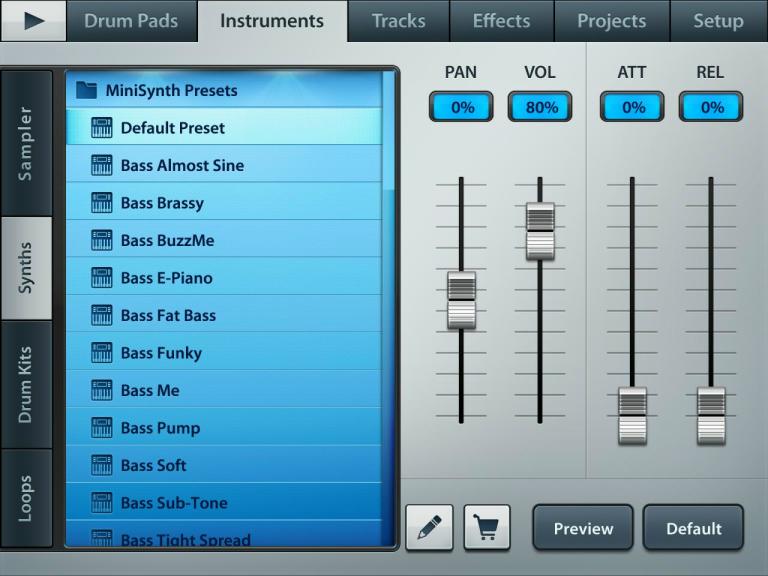

Also, in the piano roll illustration above you see 3 octaves with a root note of C (this root note could be any other note on the scale).

Additionally, you find C# (C-sharp), D#, F#, G# and A# – making a total of 12 notes. See below:Įach note is denoted by a letter: A, B, C, D, E, F and G. The 12 notes are repeated up and down the scale and each instance of such a group of 12 notes is called an octave. The western music scale consists of 12 notes, each of them having its own pitch (frequency). It does covers some aspects of music theory - the field of study that deals with how music works - but don’t worry. In this tutorial I will try to explain you a bit more about chord progressions and how they can be used to compose your (lead) melody. Having a good chord progression is like having a foundation on which to build your new house (excuse me for the metaphor). Personally, I find it a great way to get started on a new song – even if I do not actually play the chords in the end. FL Studio tutorial explaining how to make a chord progression and lead synth.Ĭhord progressions are series of musical chords (chords are notes that are played simultaneously) that can give character and mood to a composition.


 0 kommentar(er)
0 kommentar(er)
